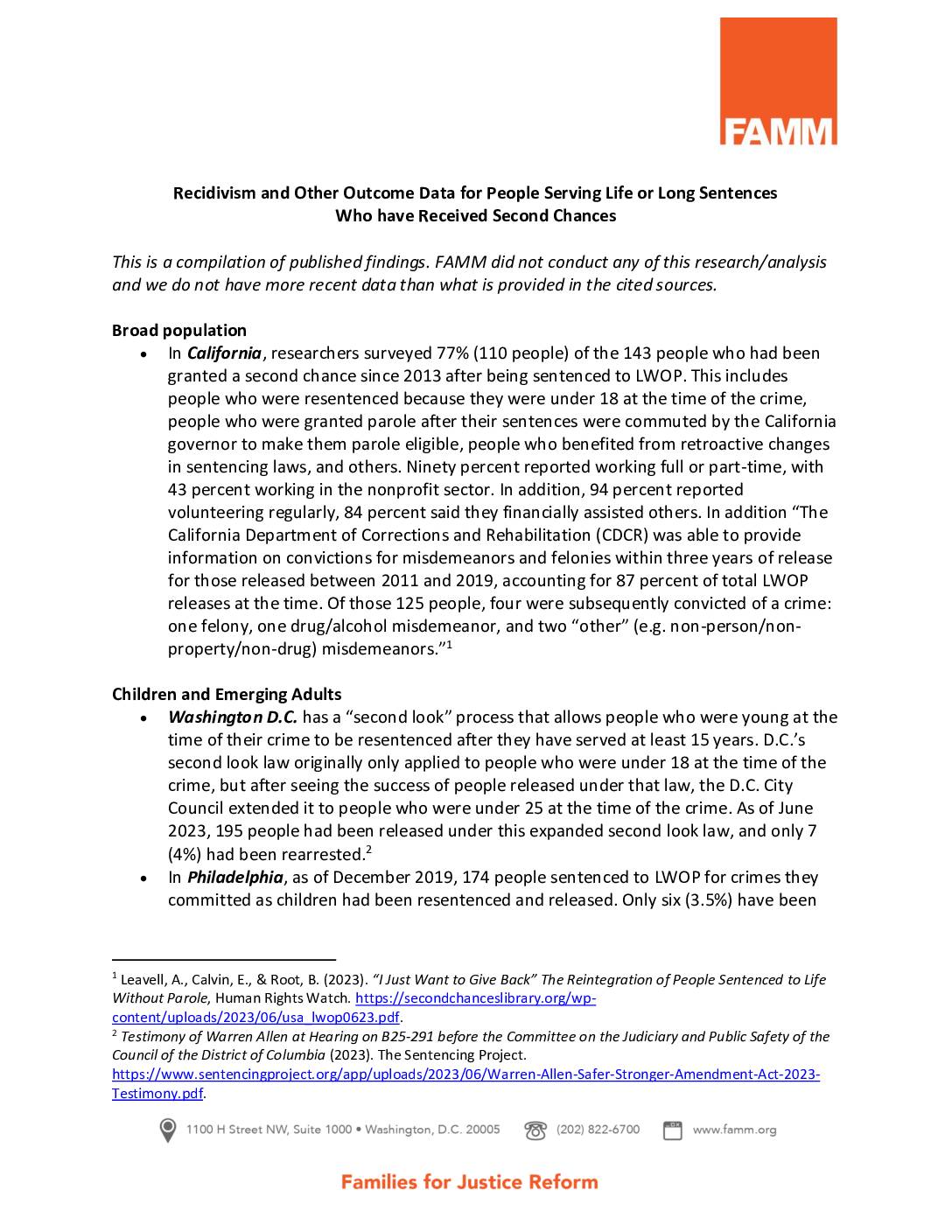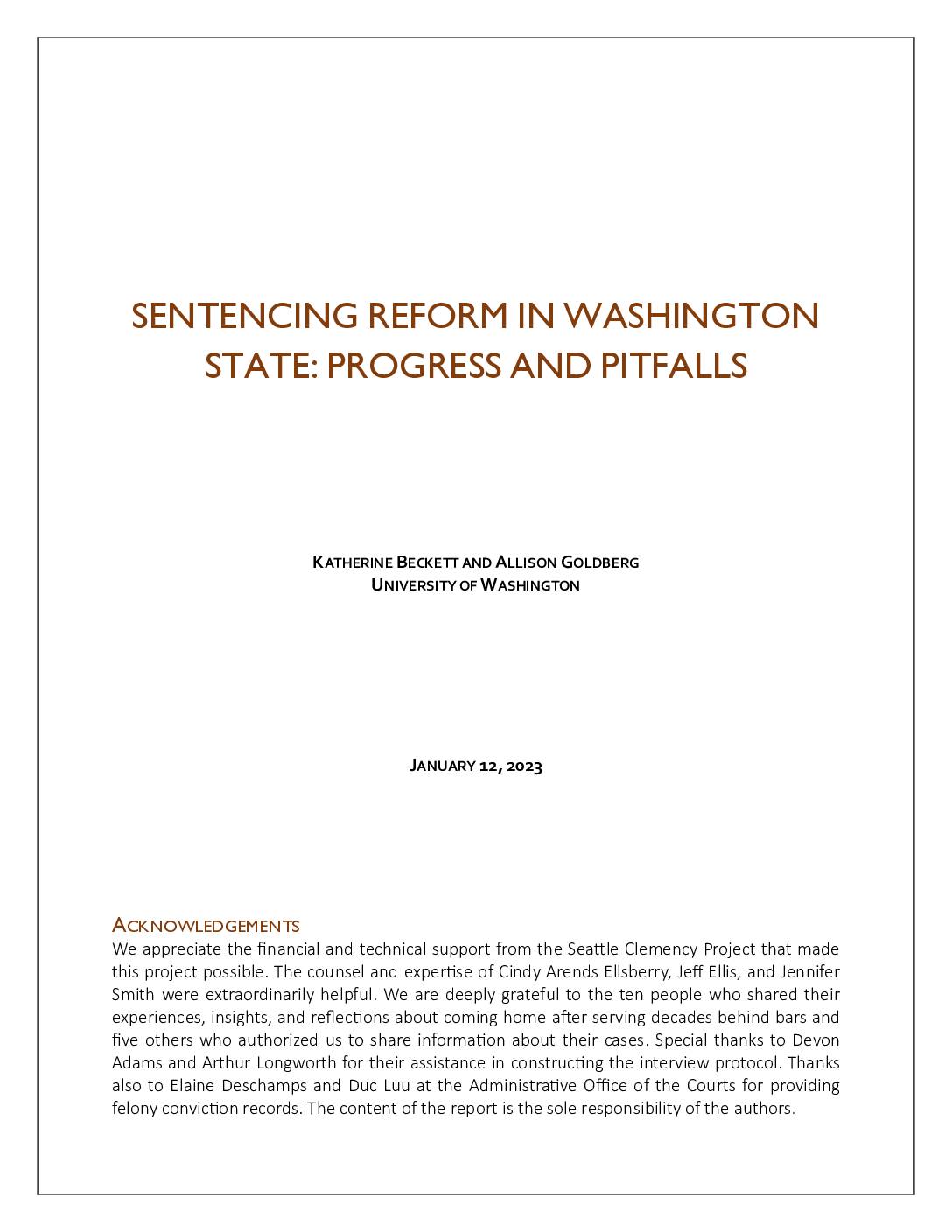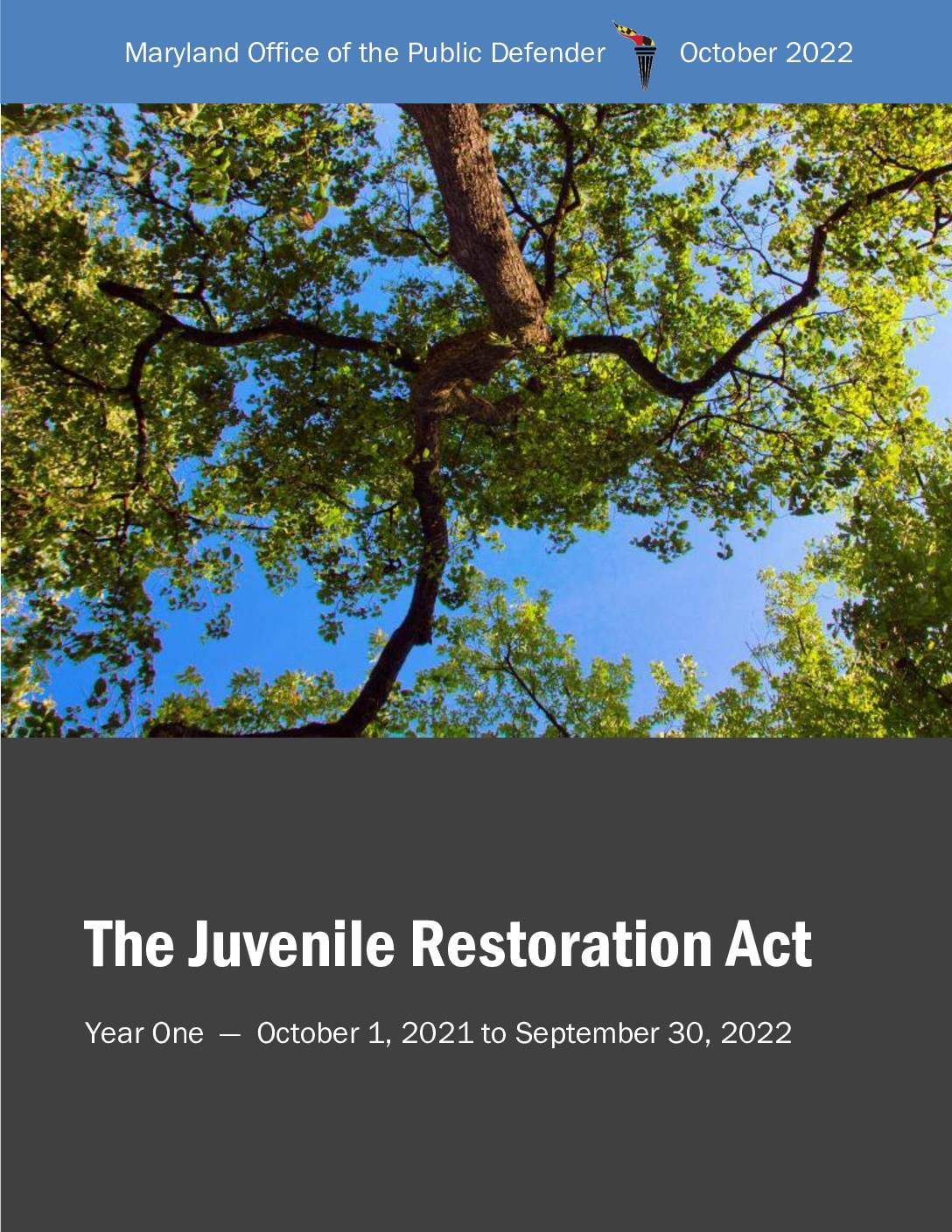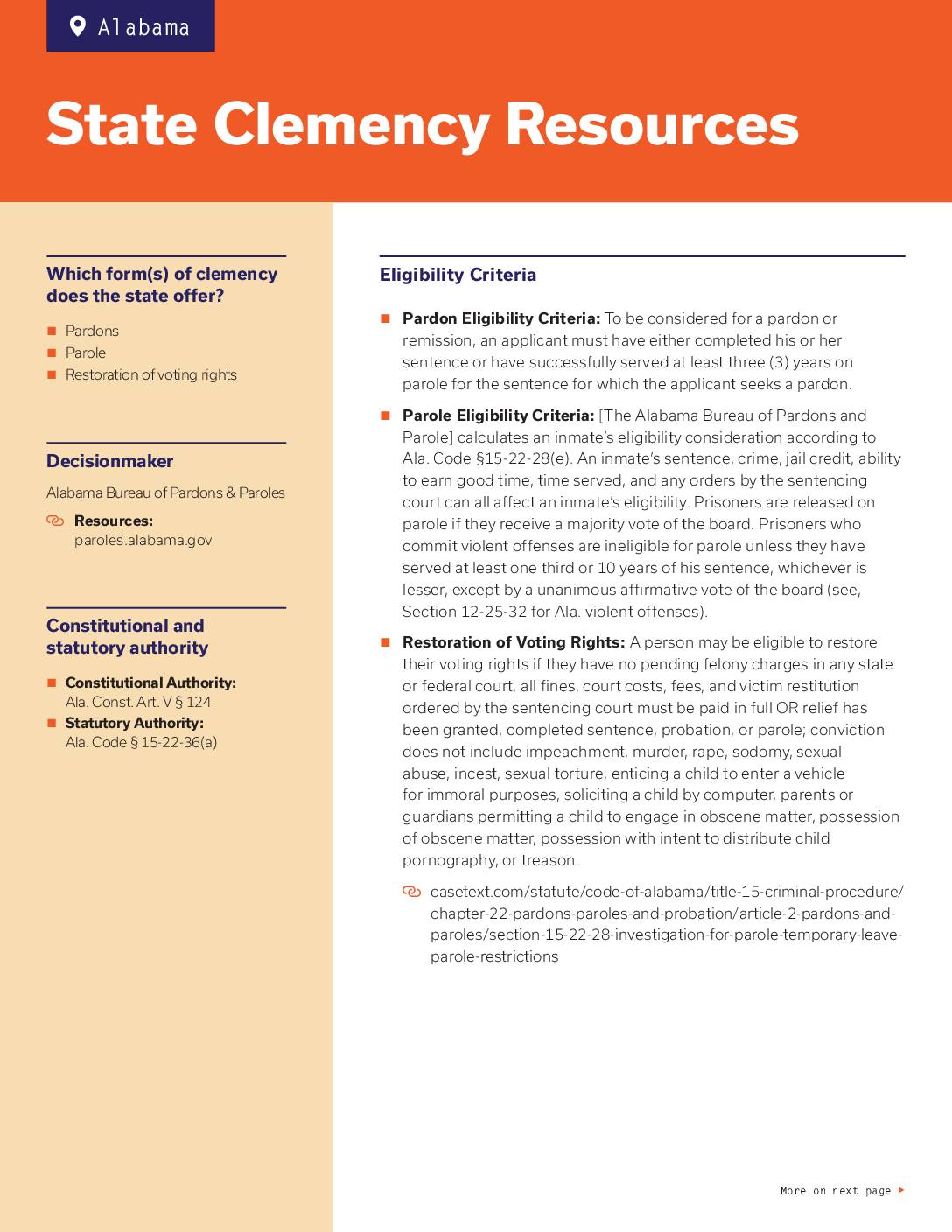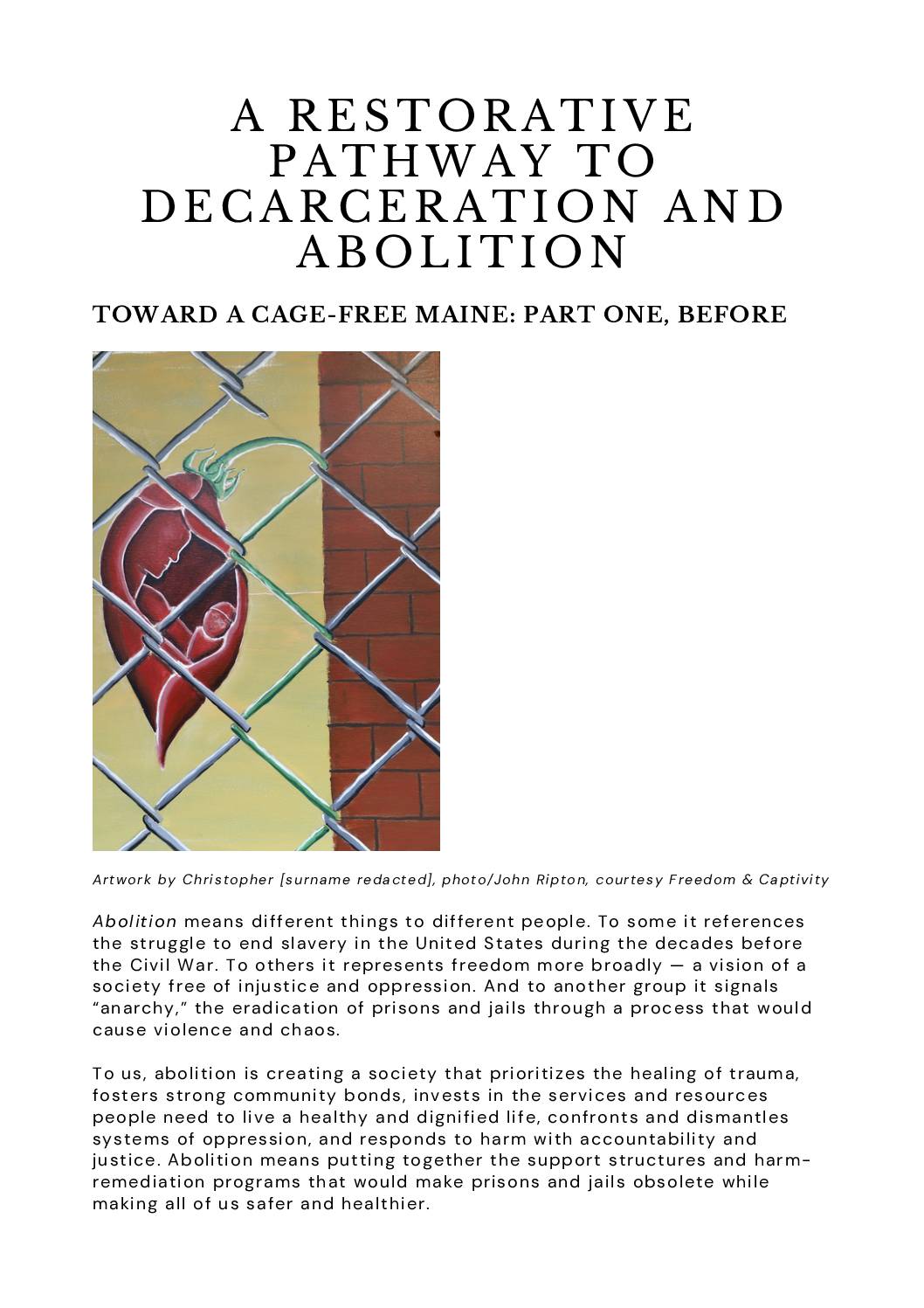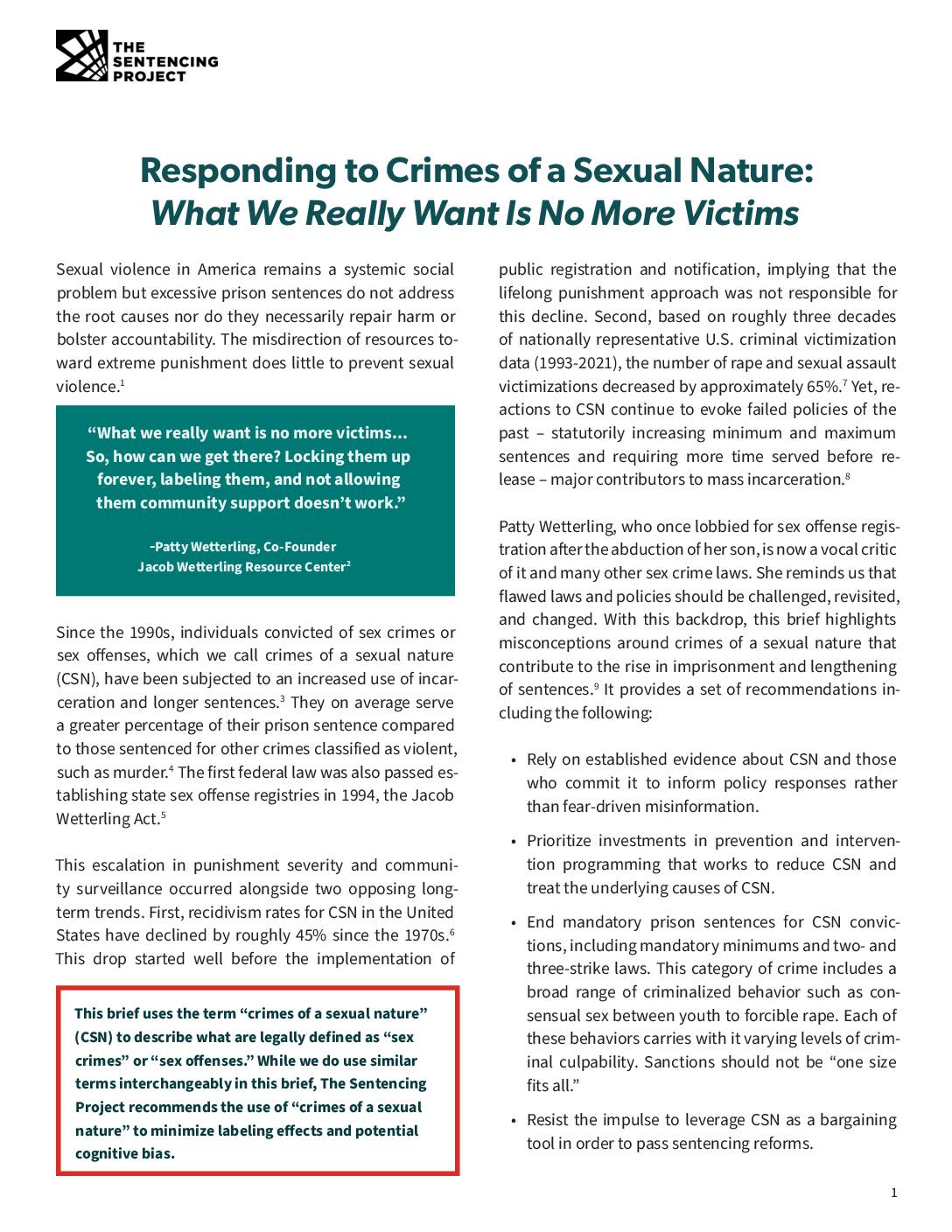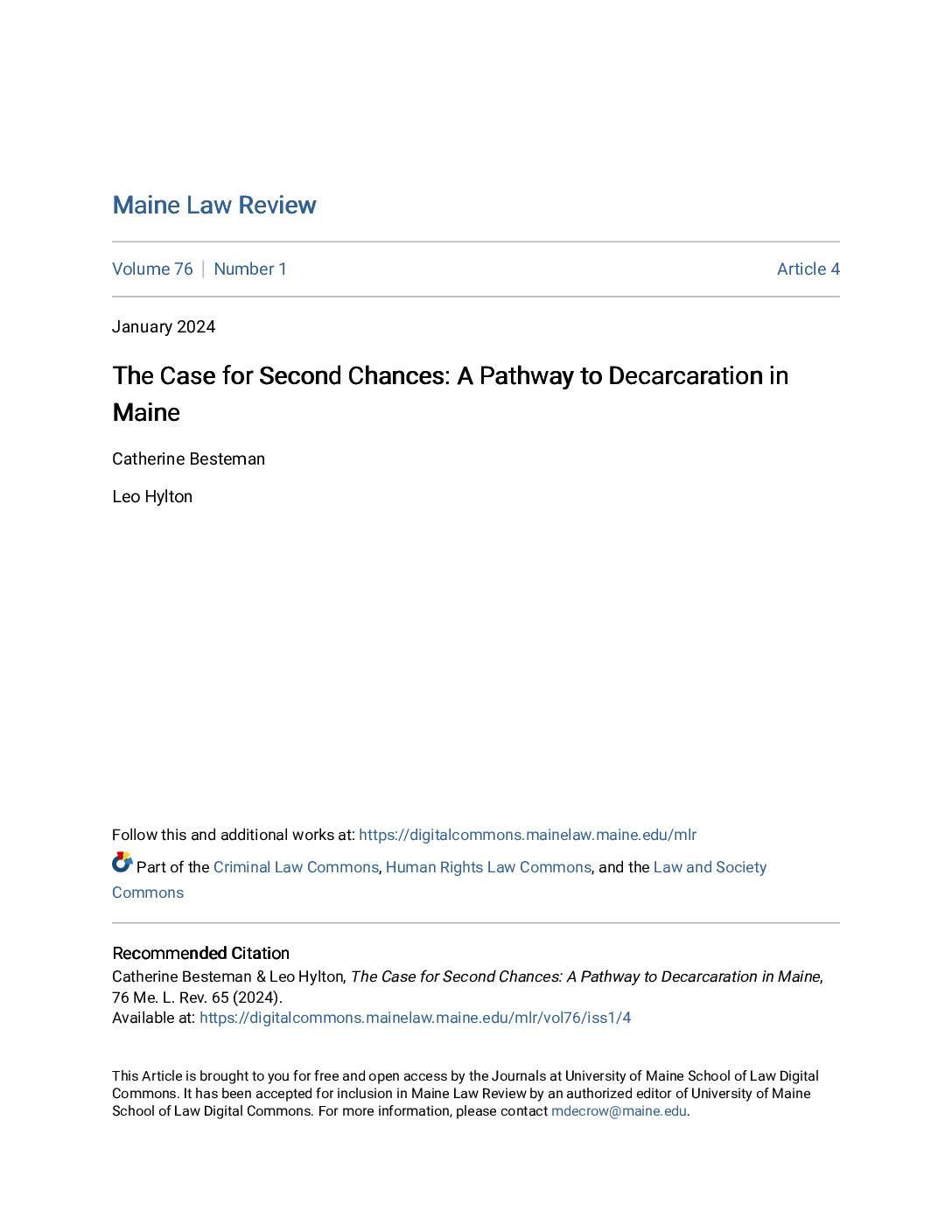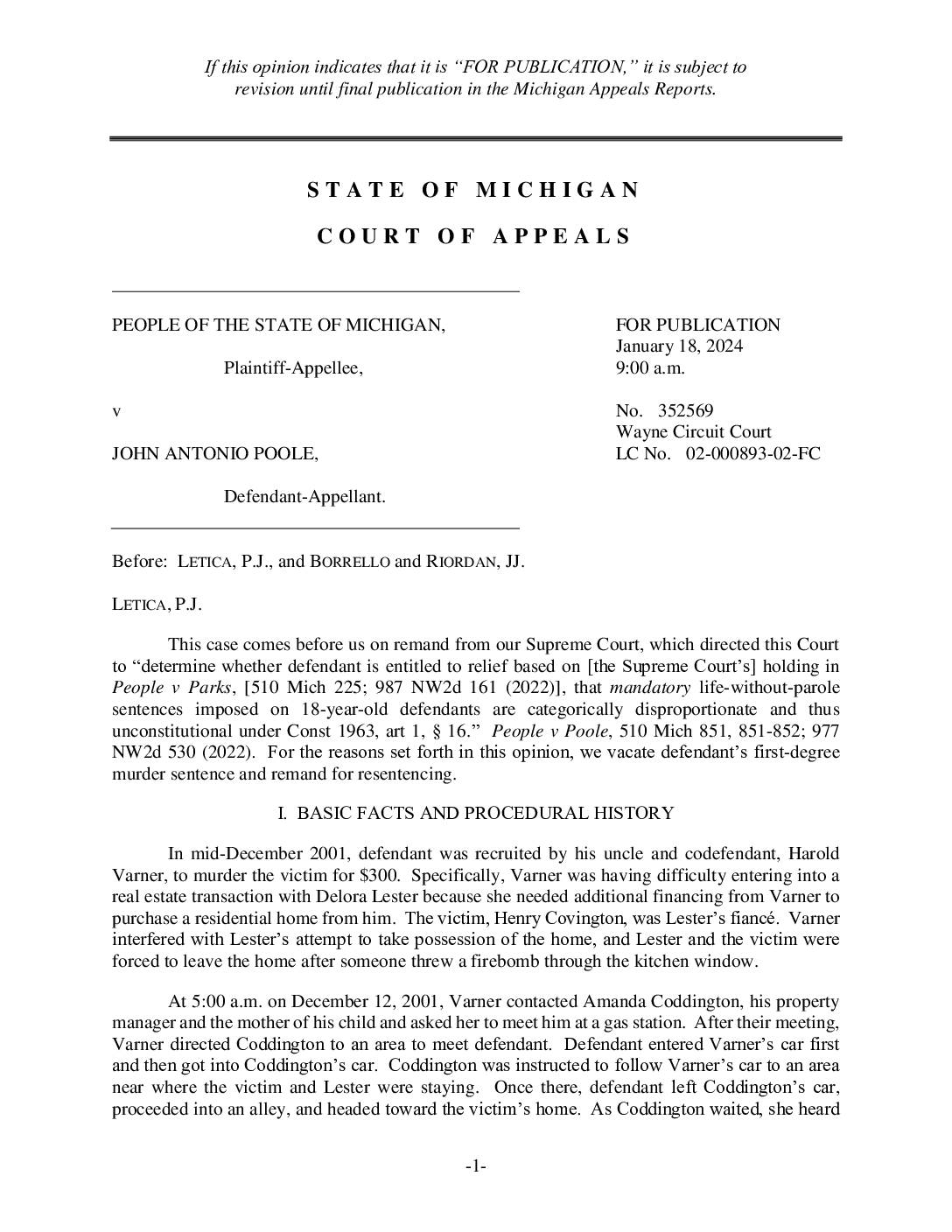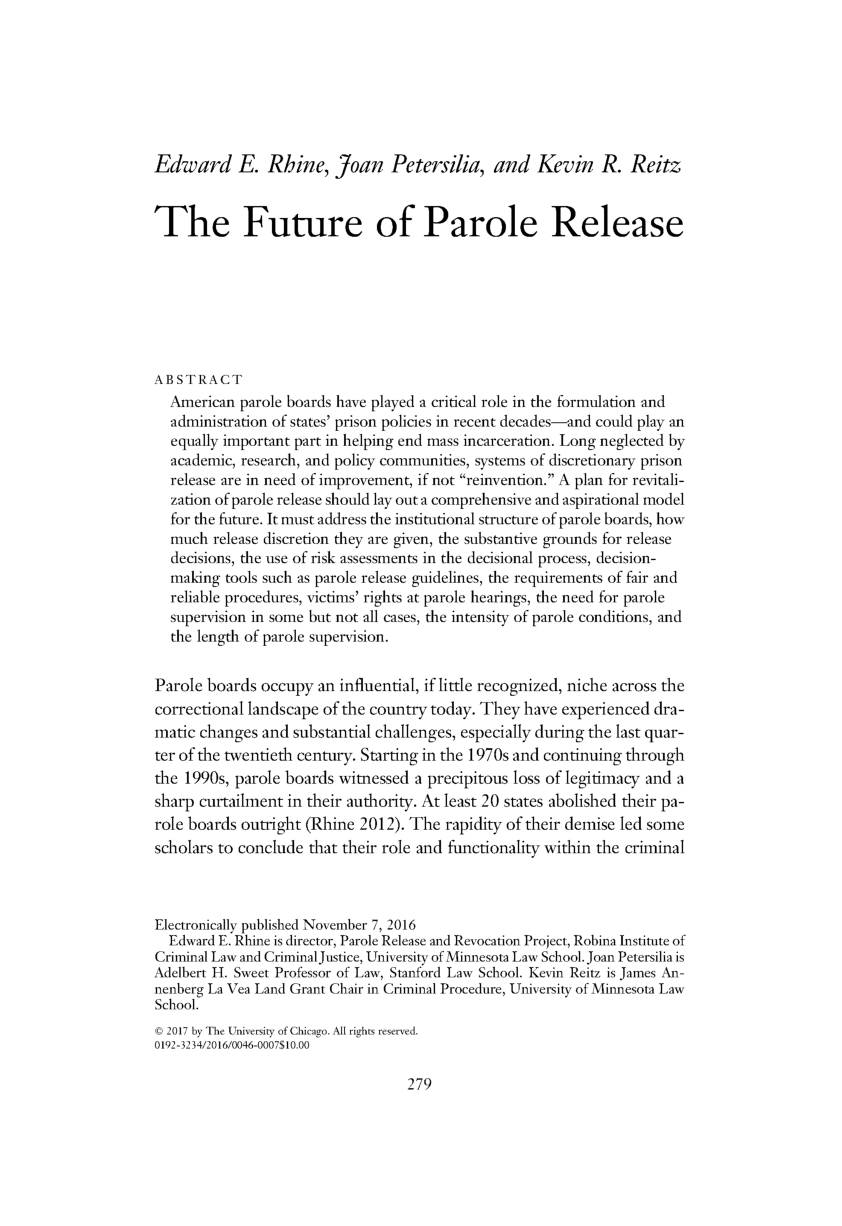PDF Reviving Rehabilitation as a Decarceral Tool
After advocates argued that circumstances attendant to late adolescent offenders make them less culpable for their offenses and better disposed for rehabilitation, the Massachusetts Supreme Judicial Court (SJC) held in January that it is unconstitutional to sentence 18 through 20 year olds to life without parole. Last summer, Connecticut passed legislation providing a “second look” opportunity for parole to those incarcerated for lengthy prison sentences for crimes that they committed before they were twenty-one years old. In 2021, Rhode Island decreased the amount of time that youthful offenders must serve before they become eligible for parole, but its highest court is currently interpreting disputed provisions. Efforts to reduce lengthy sentences for late adolescents are grounded in scientific literature showing that “emerging adults” have great propensity for rehabilitation, rendering extraordinarily long prison sentences inappropriate.
Recently, national conversation has focused on reducing the front-end of incarceration, by shrinking police presence and decriminalizing drug and other nonviolent crimes. Back-end decarceral efforts—so called “second look” sentencing and clemency initiatives—are either underappreciated or derided as reforms that legitimate a fundamentally unjust system. While I embrace the need to significantly shrink the quantity of people in prison, sentencing reforms for emerging adults can meaningfully reduce our carceral footprint. Also, disproportionality by race in extreme sentencing suggests that late adolescents are particularly likely to be sentenced based on systemic racism and implicit biases in policing, prosecution, and sentencing, rather than unique characteristics or facts of their crimes. Thus, effective “second look” efforts have the potential to address racial inequities.
This essay explores three state efforts to reduce the carceral terms of late adolescents, evaluating the advocacy strategies and compromises made to achieve meaningful reform. The Supreme Court recognizes that minors are less culpable, less deterrable, and more capable of rehabilitation than adults. Significant research supports extending these findings to “emerging adults”—individuals under the age of twenty-five years old. Should this rehabilitative lens, grounded in science, be effectively harnessed to the “back-end” reforms focused on those who commit crimes prior to the age of twenty-five, the potential decarceral effects can be widespread. In the area of emerging adults and serious crime, criminal law minimalism means coupling the science about late adolescents with effective advocacy strategies to reduce our carceral population.



